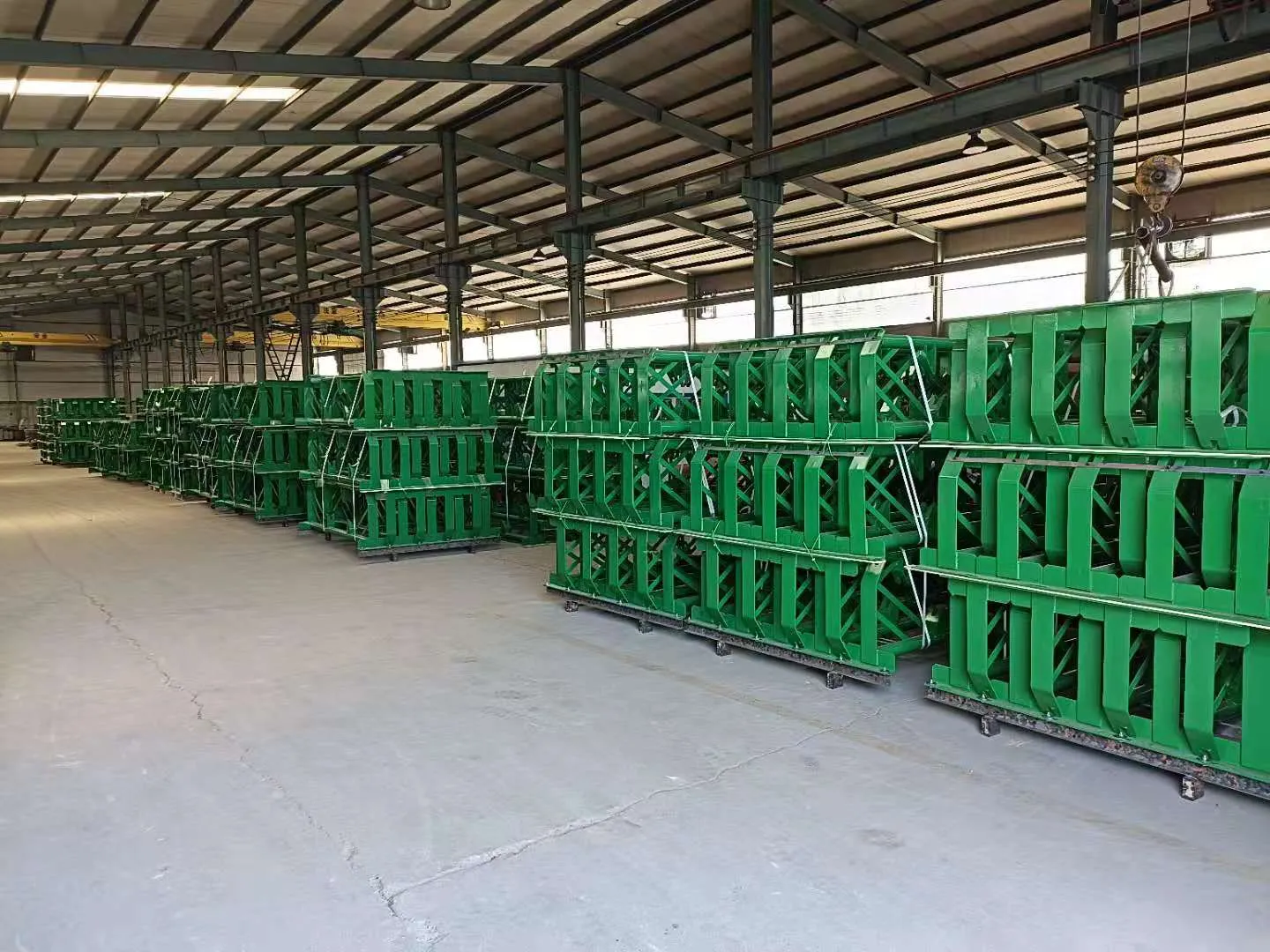 Afrikaans
Afrikaans  Albanian
Albanian  Amharic
Amharic  Arabic
Arabic  Armenian
Armenian  Azerbaijani
Azerbaijani  Basque
Basque  Belarusian
Belarusian  Bengali
Bengali  Bosnian
Bosnian  Bulgarian
Bulgarian  Catalan
Catalan  Cebuano
Cebuano  Corsican
Corsican  Croatian
Croatian  Czech
Czech  Danish
Danish  Dutch
Dutch  English
English  Esperanto
Esperanto  Estonian
Estonian  Finnish
Finnish  French
French  Frisian
Frisian  Galician
Galician  Georgian
Georgian  German
German  Greek
Greek  Gujarati
Gujarati  Haitian Creole
Haitian Creole  hausa
hausa  hawaiian
hawaiian  Hebrew
Hebrew  Hindi
Hindi  Miao
Miao  Hungarian
Hungarian  Icelandic
Icelandic  igbo
igbo  Indonesian
Indonesian  irish
irish  Italian
Italian  Japanese
Japanese  Javanese
Javanese  Kannada
Kannada  kazakh
kazakh  Khmer
Khmer  Rwandese
Rwandese  Korean
Korean  Kurdish
Kurdish  Kyrgyz
Kyrgyz  Lao
Lao  Latin
Latin  Latvian
Latvian  Lithuanian
Lithuanian  Luxembourgish
Luxembourgish  Macedonian
Macedonian  Malgashi
Malgashi  Malay
Malay  Malayalam
Malayalam  Maltese
Maltese  Maori
Maori  Marathi
Marathi  Mongolian
Mongolian  Myanmar
Myanmar  Nepali
Nepali  Norwegian
Norwegian  Norwegian
Norwegian  Occitan
Occitan  Pashto
Pashto  Persian
Persian  Polish
Polish  Portuguese
Portuguese  Punjabi
Punjabi  Romanian
Romanian  Russian
Russian  Samoan
Samoan  Scottish Gaelic
Scottish Gaelic  Serbian
Serbian  Sesotho
Sesotho  Shona
Shona  Sindhi
Sindhi  Sinhala
Sinhala  Slovak
Slovak  Slovenian
Slovenian  Somali
Somali  Spanish
Spanish  Sundanese
Sundanese  Swahili
Swahili  Swedish
Swedish  Tagalog
Tagalog  Tajik
Tajik  Tamil
Tamil  Tatar
Tatar  Telugu
Telugu  Thai
Thai  Turkish
Turkish  Turkmen
Turkmen  Ukrainian
Ukrainian  Urdu
Urdu  Uighur
Uighur  Uzbek
Uzbek  Vietnamese
Vietnamese  Welsh
Welsh  Bantu
Bantu  Yiddish
Yiddish  Yoruba
Yoruba  Zulu
Zulu Understanding the Importance of Wing Pulley Lagging in Conveyor Systems
Understanding Wing Pulley Lagging A Comprehensive Overview
Wing pulleys are widely used in various industrial applications, particularly in conveyor systems. These pulleys are designed with a unique shape that helps to improve performance and reduce maintenance costs. However, to maximize their efficiency, proper lagging is essential. Lagging refers to the process of applying a wear-resistant material to the surface of the pulley. This article delves into the significance of wing pulley lagging, its benefits, and best practices.
The Importance of Lagging
Lagging is not just an optional enhancement; it plays a critical role in the functionality and longevity of wing pulleys. One of the primary purposes of lagging is to provide a higher coefficient of friction, which enhances the grip between the belt and the pulley. This increased grip is essential for the effective transmission of power and for preventing slippage. In scenarios where slippage occurs, the system can suffer from reduced efficiency, increased wear on components, and even potential system failures.
Another vital aspect of lagging is its protective function. Wing pulleys are often subjected to abrasive materials and harsh operating environments. The lagging material acts as a shield, protecting the pulley from wear and tear due to constant friction and impact from conveyed materials. By safeguarding the underlying surface, lagging prolongs the life of the pulley and decreases the frequency of replacements.
Types of Lagging Materials
wing pulley lagging

When it comes to choosing lagging materials, several options are available. Rubber lagging is the most common choice due to its excellent grip characteristics and resistance to wear. For environments where there’s exposure to extreme temperatures or chemicals, specialized compounds and urethanes may be employed to ensure durability. Additionally, ceramic lagging is often utilized in high-abrasion applications, providing exceptional resistance against wear.
Best Practices for Lagging
To ensure the effectiveness of wing pulley lagging, certain best practices should be followed. First and foremost, proper surface preparation is crucial before applying lagging materials. The pulley surface should be clean, dry, and free from contaminants to ensure a proper bond. Once the lagging is applied, it should be adequately cured to maximize adhesion and performance.
Regular inspection and maintenance of the lagging material are also essential. Over time, lagging can wear down, which can lead to decreased performance. By conducting regular checks, operators can identify wear patterns and replace lagging as necessary, preventing potential operational issues.
Conclusion
In conclusion, wing pulley lagging is a key element in enhancing the efficiency and durability of pulley systems. By providing increased grip and protection, lagging plays a crucial role in the overall performance of conveyor systems. By investing in quality lagging materials and adhering to best practices, industries can ensure the longevity of their wing pulleys, ultimately leading to improved productivity and reduced maintenance costs. As technology advances, staying informed about the latest lagging materials and techniques will be essential for maintaining an efficient and reliable conveyor operation.
-
Trusted Conveyor Solutions from Leading Conveyor Idler Roller ManufacturersNewsJun.27,2025
-
Reliable Return Idler Solutions for Efficient Belt Conveyor SystemsNewsJun.27,2025
-
Precision Conveyor Accessories for Streamlined Material HandlingNewsJun.27,2025
-
High-Quality Belt Conveyor Idler Solutions for Efficient Material HandlingNewsJun.27,2025
-
High-Performance Belt Conveyor Pulleys for Reliable Material HandlingNewsJun.27,2025
-
Enhancing Material Handling EfficiencyNewsJun.27,2025





























